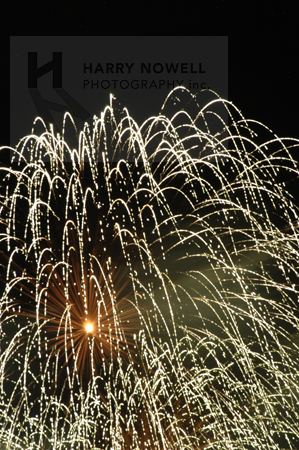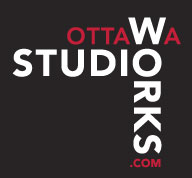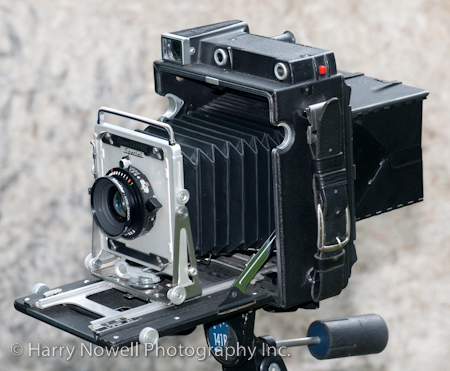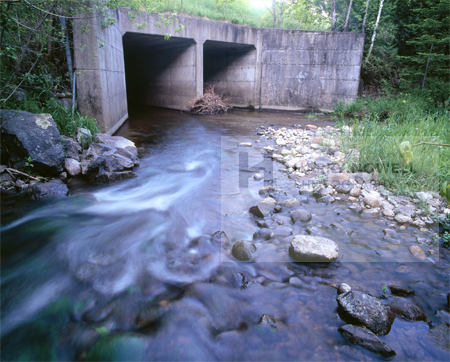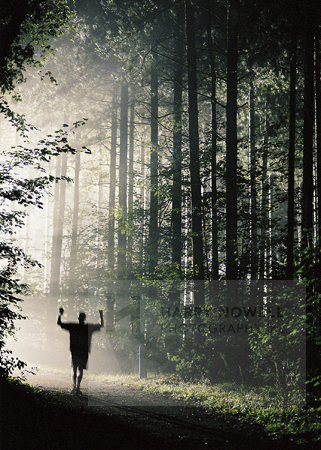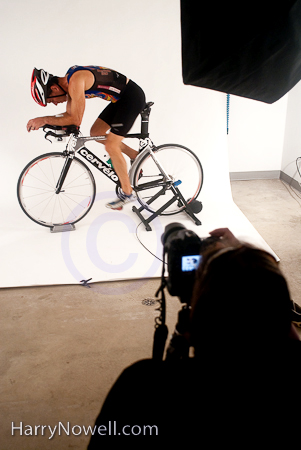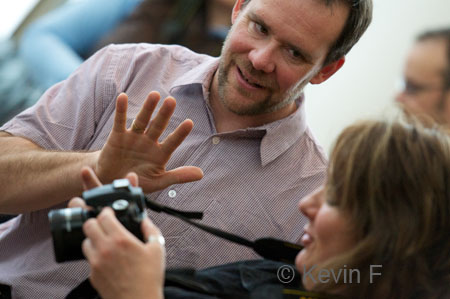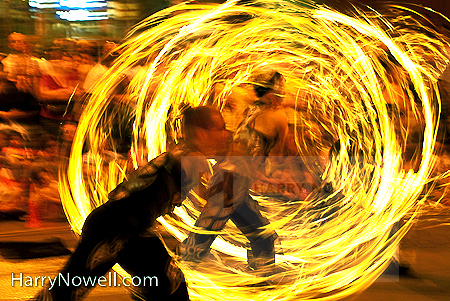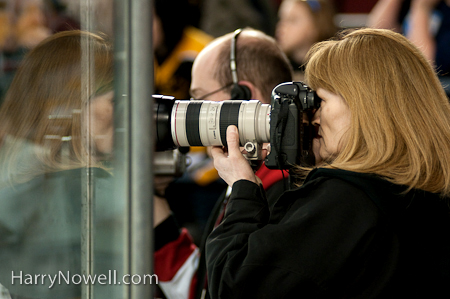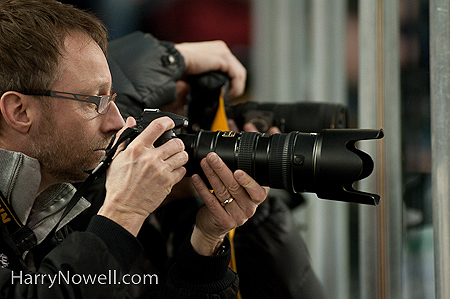I’ve often said my job is a pack mule.
I lug a lot of equipment. Whether it’s teaching photo classes or creating photos for clients there is a lot of equipment to move. Sometimes I have an assistant but often I am moving equipment by myself.
Today on the way to a custom hockey photo workshop I weighed my camera bag. It was just over 20 pounds (approx 10 kg). That’s a fair bit! Each photographer chooses different equipment for different purposes. So for today’s blog post I started thinking about what I pack for different scenarios.
What goes in the bag?
1. Today’s workshop… I usually shoot a little of the workshop in action and want to be able to show different equipment options for shooting different scenarios. I also bring some extra gear in case a student has a malfunction – it’s nice to be able to lend something in need. So I brought:
• Two DSLR bodies, 80-200/f2.8, four small primes: 14/2.8, 24/2.8, 50/1.4, 85/1.4, memory, batteries, water, Clif bar, teaching aids, student notes, etc. in a hefty over the shoulder bag. It came to slightly over 10kg or 20 pounds.
2. A commercial shoot… Depends on what the shoot is but it’s reasonable to suggest:
• Laptop, two DSLR bodies, 80-200 f2.8 zoom, prime lenses, memory, batteries, chargers, studio gear, tripod, back drop gear, water, lunch. Could come to 50 or 100 kg (100-200 + pounds)
3. In the field art shoot… For a Watershed type shoot I might bring:
• 4×5 Graflex film camera plus two lenses, Pentax 67 film camera plus three lenses, 35mm panoramic camera, film, batteries, food, water, small bag of extra clothes (down jacket, etc.), tripod. It all goes in a backpack style camera bag, tripod bag and small duffle bag. Possibly 15kg (30 pounds). I feel like a pack mule hiking or biking into a location.
4. Vacation photos… We recently went away for a week’s vacation (see attached photo) and I was “asked to provide” some family photos. I was on holiday… and I did not want to lug equipment. I brought:
• One DSLR, 3 small prime lenses, an extra battery and a couple of memory cards all in a small over the shoulder bag. Probably came in at 5kg or 10 pounds, tops.
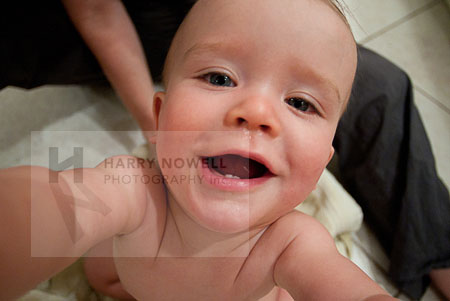
Family Portraits - bath time
What you bring depends on what your goals are. The more complex the shoot, the more equipment there is to haul. I often evaluate the haul after the shoot and ask:
- Did I use everything?
- Could I have brought less?
- Did I need more?
The photography is sometimes the easier part of the day. Lugging equipment up elevators or through swamps is the part that is rarely seen. Brilliant photos often take a truck load of equipment. Some amazing photos are shot with simple, light gear.
